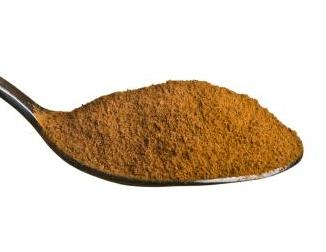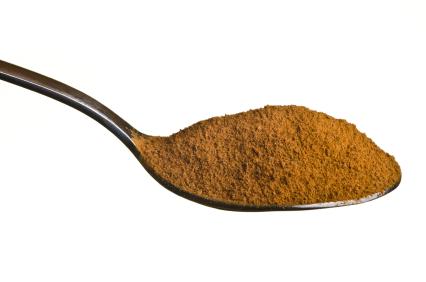 A new Internet fad called the “Cinnamon Challenge” is putting adolescents and teens at risk, according to a recent report from researchers at the University of Miami’s Miller School of Medicine.
A new Internet fad called the “Cinnamon Challenge” is putting adolescents and teens at risk, according to a recent report from researchers at the University of Miami’s Miller School of Medicine.
The challenge, fueled by YouTube videos, involves kids swallowing a tablespoon of powdered cinnamon in 60 seconds without liquid to wash it down.
The report, “Ingesting and Aspirating Dry Cinnamon by Children and Adolescents: The ‘Cinnamon Challenge,” was published in the journal Pediatrics, in which researchers urged parents and teachers to warn kids of the risks involved in this stunt.
Although most young people suffer only temporary effects from this “challenge,” researchers said these stunts have led to dozens of calls to poison centers, emergency department visits and even hospitalizations for adolescents who required ventilator support for collapsed lungs.
“Given the allure of social media, peer pressure and a trendy new fad, pediatricians and parents have a ‘challenge’ of their own in counseling tweens and teens regarding the sensibilities of the choices they make and the potential health risks of this dare,” the researchers wrote. “Parents should be reminded that their advice matters in countering peer pressure. Further, schools and pediatricians should be encouraged to discuss with children the ‘Cinnamon Challenge’ and its possible harmful effects.”
The report was authored by Dr. Steven E. Lipshultz, the George Batchelor Professor of Pediatrics and Director of the Batchelor Children’s Research Institute, Dr. Judy Schaechter, Interim Chair of Pediatrics, and undergraduate student Amelia Grant-Alfieri
Schaechter said in a statement that she attending a recent dinner with a dozen pediatricians where she was the only one who had heard of the dare.
Lipshultz and his team also warned that swallowing so much cinnamon, a caustic powder composed of cellulose fibers which neither dissolve nor biodegrade in the lungs, has shown in animal studies to cause lesions, scarring and inflammation of the airways and lungs.
Other lasting effects include progressive pulmonary fibrosis. This may especially be a concern among those with asthma, pulmonary cystic fibrosis, chronic lung disease or a hypersensitivity to the spice.
“Although we cannot make a strong statement on documented pulmonary sequelae in humans, it is prudent to warn that the ‘Cinnamon Challenge’ has a high likelihood to be damaging to the lungs,” the authors wrote. “These discussions can also help children learn to weigh the risks and rewards of yielding to peer pressure when considering senseless and risky behaviors.”
YouTube videos of people people choking, gagging and coughing as they accept the dare have become attracted millions of viewers predominantly in the 13-to-24-year-old age group, which is “associated with the greatest need for conformity.”
The “Cinnamon Challenge” also led calls to the American Association of Poison Control Centers, the authors noted. In the first six months of 2012, the center received 178 challenge-related calls, more than triple the 51 calls the center received the entire previous year.
Of those 178 calls, 122, or 69 percent, were classified as intentional misuse or abuse (consistent with the “Cinnamon Challenge”) and about 30 of them, or 17 percent, required medical attention.
The authors noted that even though the known health risks of the “Cinnamon Challenge” are relatively low, “they are unnecessary and avoidable.”












